News ·
Historic agreement to protect green turtles
Eight tribal groups in New Caledonia have agreed plans to sustainably manage endangered green turtles, many of which begin life on the Great Barrier Reef.
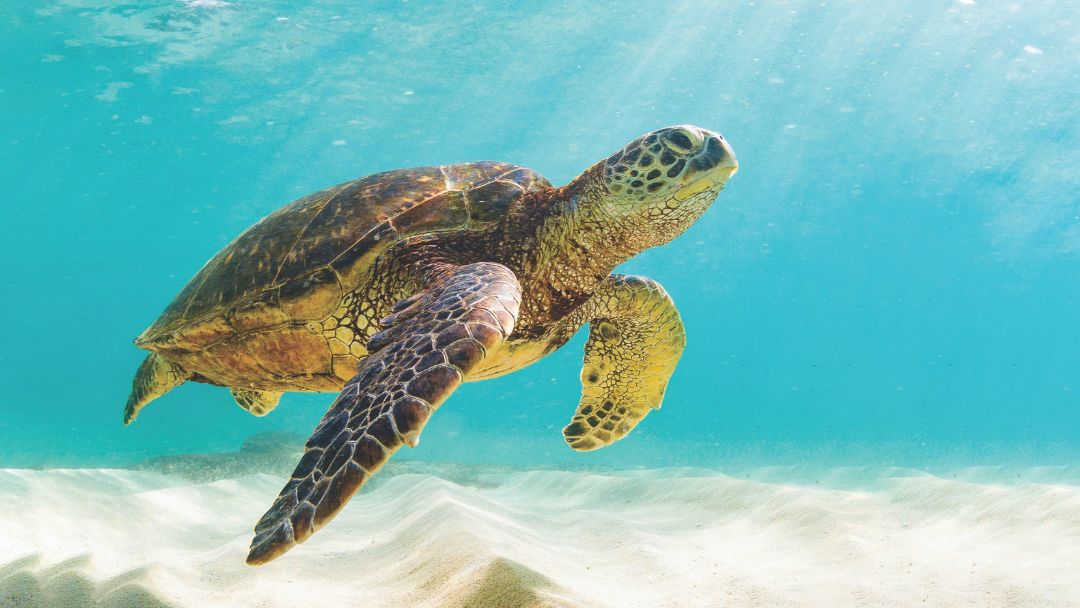
Green turtles have roamed our oceans for more than 100 million years and are one of the most iconic species found on the Great Barrier Reef.
They play an important role in keeping the Reef healthy, but this endangered species faces a range of threats.
Now, new measures to more sustainably manage turtle populations in New Caledonia are helping protect the green turtles that live and nest on the Great Barrier Reef.
Why protect turtles?
Green turtles play a crucial role in the Reef’s rich ecosystem, helping keep seagrass beds healthy.
Seagrasses also absorb carbon and are one of the key blue carbon ecosystems helping fight climate change.
Sadly, green turtles are an endangered species and the Great Barrier Reef is one of the last places on earth with large nesting populations. Beaches along the length of the Reef serve as important breeding grounds for adult females to lay their eggs.
In between breeding seasons, they travel vast distances across the South Pacific in search of food. Once they find feeding grounds they like, they return time and time again, even if there is plenty of food available nearer their nesting site.
Data collected over the past 50 years shows many green turtles born on the Great Barrier Reef routinely cross the Coral Sea into the waters around New Caledonia – approximately 2,100km south-east of Cairns – to feed.
Around the world, turtles face significant threats from pollution, boat strikes and the impacts of climate change. In some regions, adult turtles and their eggs are being over-fished for human consumption, further threatening this already endangered species.
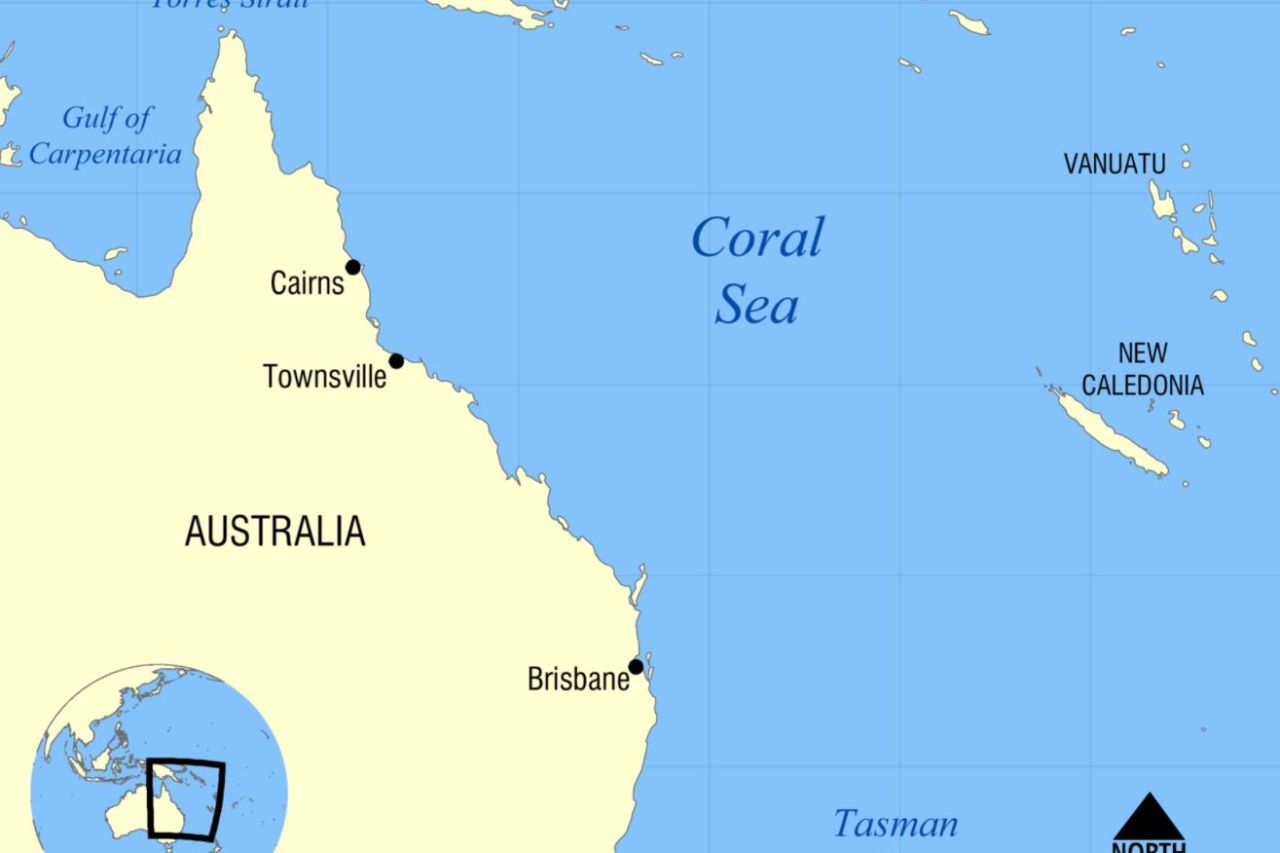
Green turtles travel from the Great Barrier Reef to feed in the waters around New Caledonia.
New Caledonia’s traditions and customs
New Caledonia’s indigenous community, the Kanak people, are the Customary Owners of the land in the region and this community makes up almost half the archipelago’s total population. There are 292 tribes across New Caledonia’s 60 districts, which are split into eight customary areas.
Turtles are sacred to Kanak people and are an important part of indigenous culture and traditions, as they are to many First Nations peoples globally, including on the Great Barrier Reef. For centuries, Kanak people have consumed turtles to mark key ceremonies and celebrations.
In recent decades however, over-fishing has become a serious issue. Concerned about the impact this was having, Kanak elders, in partnership with provincial managers, identified a need to return to the sustainable fishing practices their ancestors had built up over centuries.
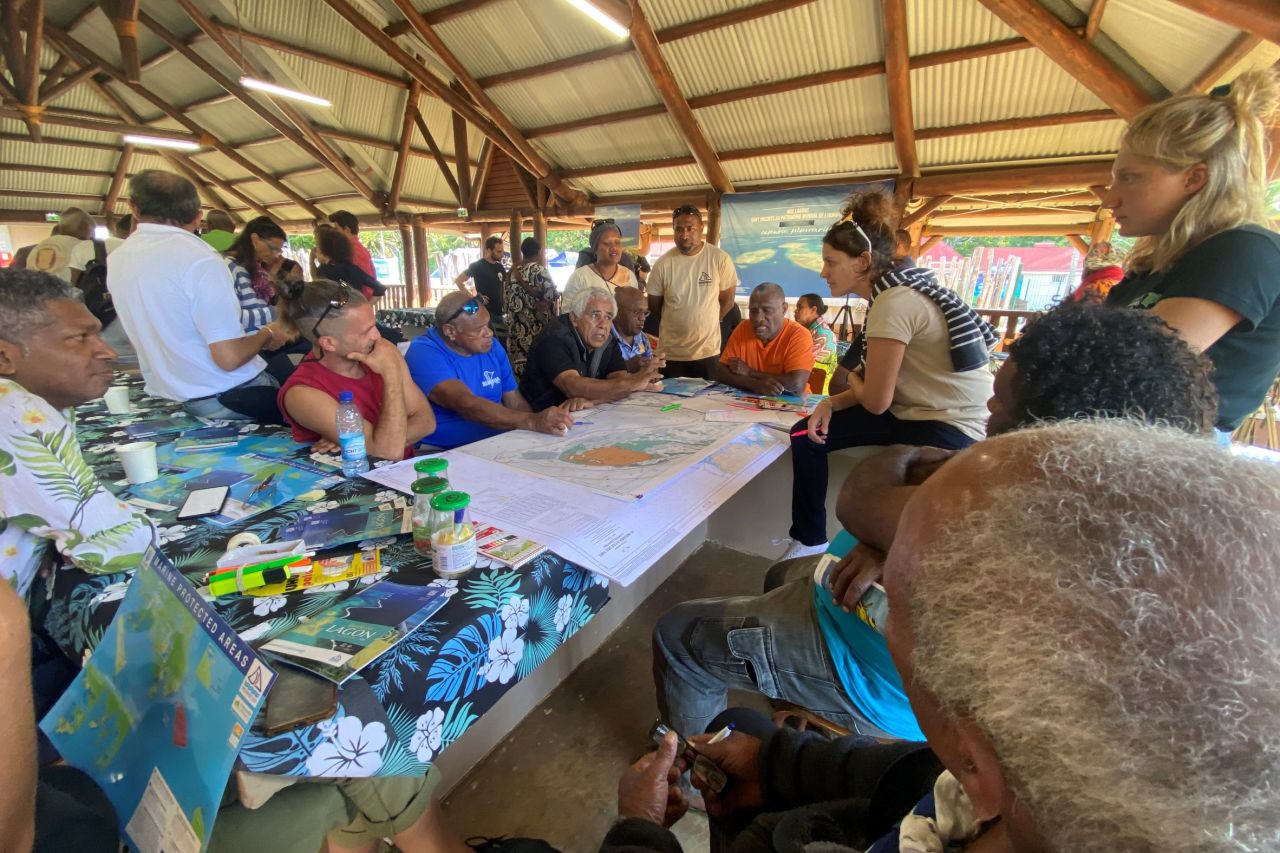
Kanak elders and provincial managers. Credit: Matthias Balagny
Protecting green turtles
As part of local turtle celebrations on the Southern Province’s Isle of Pines in July this year, the Great Barrier Reef Foundation’s Resilient Reefs Initiative co-funded a three-day event on the sustainable management of turtles.
The aim was to reconcile the importance of maintaining traditional customs with the critical need to protect and preserve the dwindling green turtle population.
The Isle of Pines sits within the Djubea-Kapone customary area and is composed of eight tribes: Gadji, Youati, Touété, Wapan, Comagna, Kéré, Vao and Ouatchia.
In an historic show of solidarity, all eight local tribes came together and agreed on their own sustainable management plans for their area to protect the species against over-fishing.
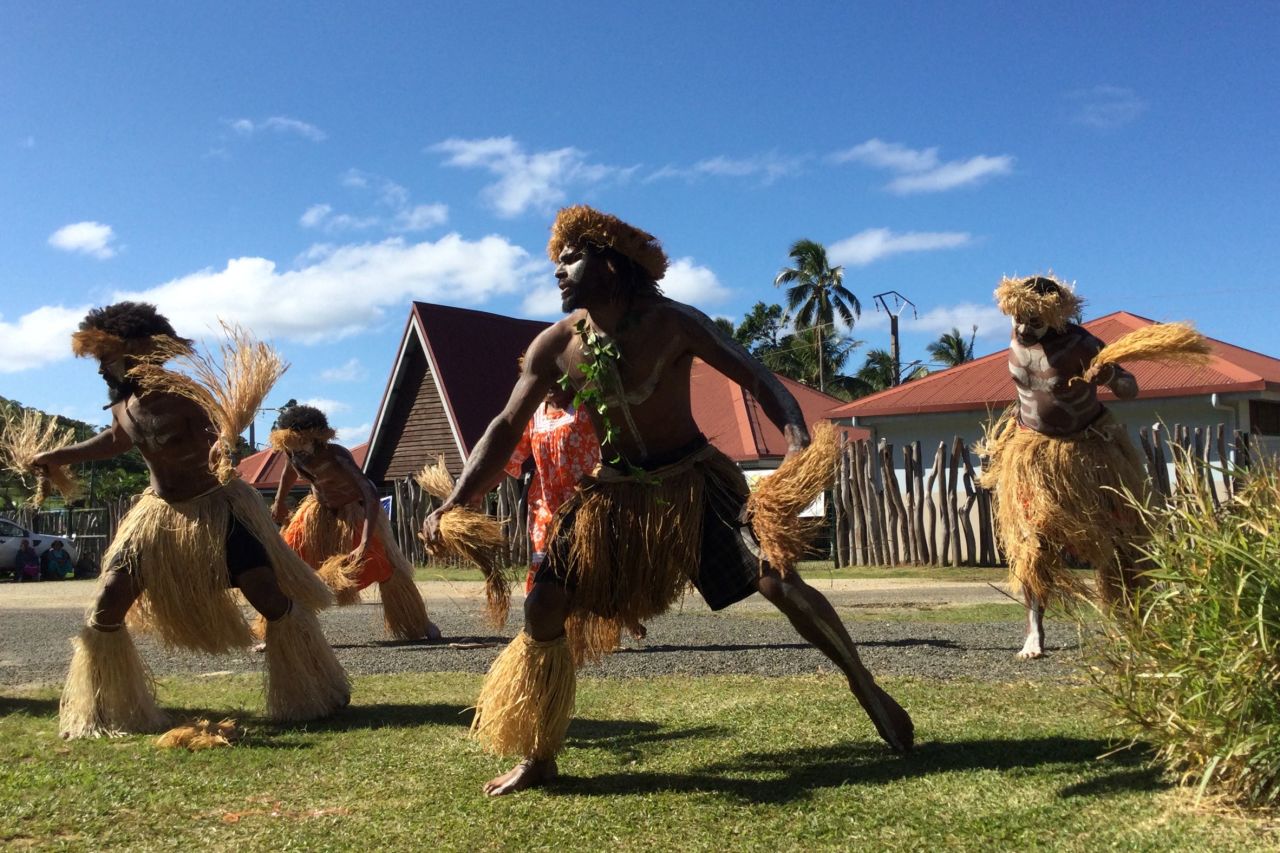
Customary Owners on the Isle of Pines, New Caledonia. Credit: Laurence Bachet
Under the agreement, tribes can hunt for turtles for important celebrations such as weddings, funerals, the appointment of tribal leaders and the annual New Yam festival. Numbers are limited and the turtles must be less than 80cm in size, to protect the adult breeding population.
Charles Vakié, first Deputy Mayor in charge of the environment of Vao, Isle Of Pines, and youth representative to the Grand Chiefdom, said: “The turtle is an endangered species. We have to adapt our habits and customs.
“Listen to our children, they don't want us to threaten the species anymore and this protocol brings a solution so that we can continue our customs.”
Adrien Apikaoua, notable and representative of the Grand Chiefdom, says the agreement is the result of years of work.
“It redefines the relationship between the provincial institution – the Southern Province – and the customary institution – the Great Chiefdom and the eight tribes of the Isle of Pines. We each have responsibilities towards nature, with which we must coexist.”
This agreement is similar to the Traditional Use of Marine Resources Agreements (TUMRAs) which were successfully implemented on the Great Barrier Reef several years ago, changing the way Traditional Owners, governments and the wider community manage the local turtle population.
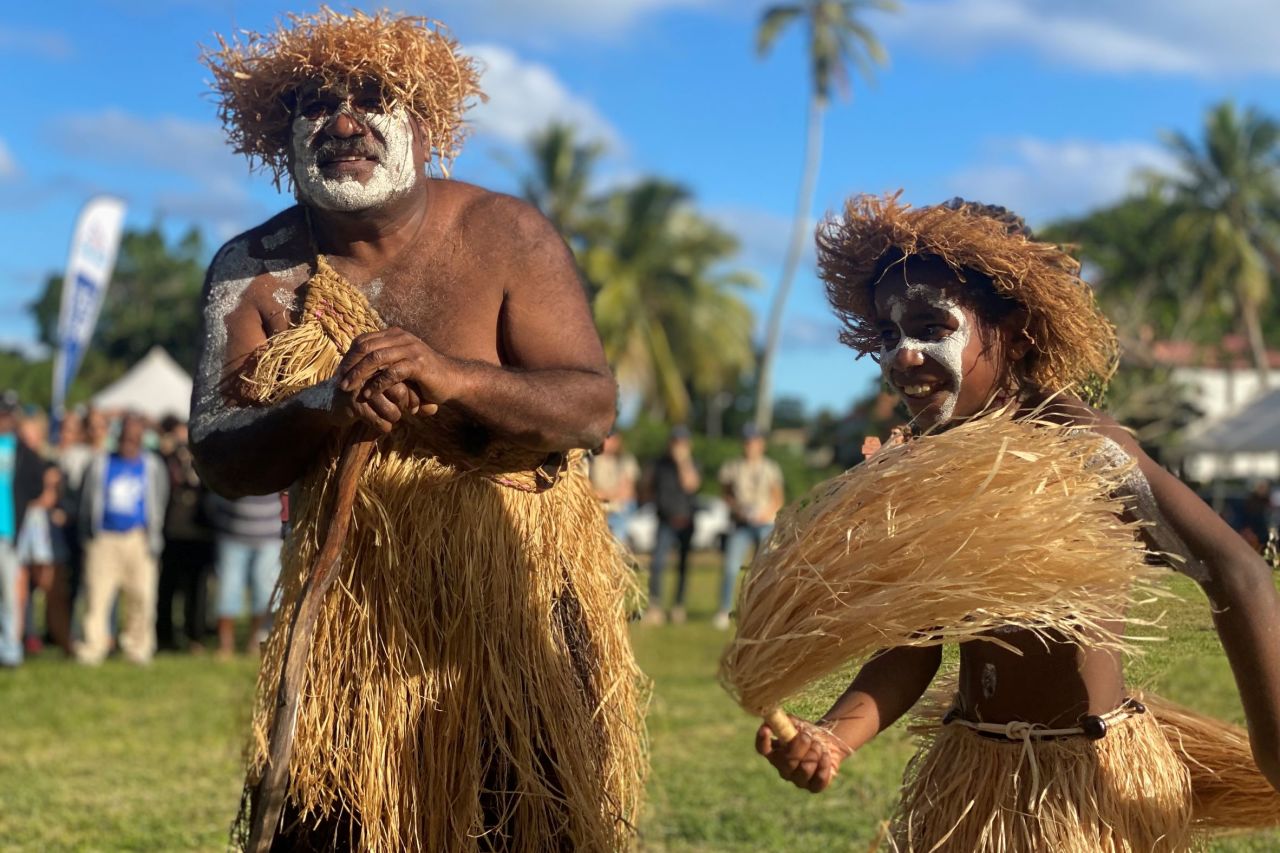
Customary owners on the Isle of Pines, New Caledonia. Credit: Matthias Balagny
Great Barrier Reef Foundation Executive Director of Projects & Partnerships Theresa Fyffe said the Foundation’s relationships with the Traditional Owners of the Great Barrier Reef are crucial to our work. Their unique knowledge and perspective holds the key for greater enduring environmental outcomes, deeper impact and broader collaboration.
She said our global projects in New Caledonia, Palau and Belize allow us to continue developing a deeper understanding of how best to support First Nations Peoples in the management of their cultural lands and seascapes.
“We’re proud to support New Caledonia as one of the five sites within the Resilient Reefs Initiative,” she said.
“We recognise the importance of learning from New Caledonia’s tribal elders and are encouraged by the spirit of collaboration between the Customary Owners on the Isle of Pines to secure the future of green turtles.”
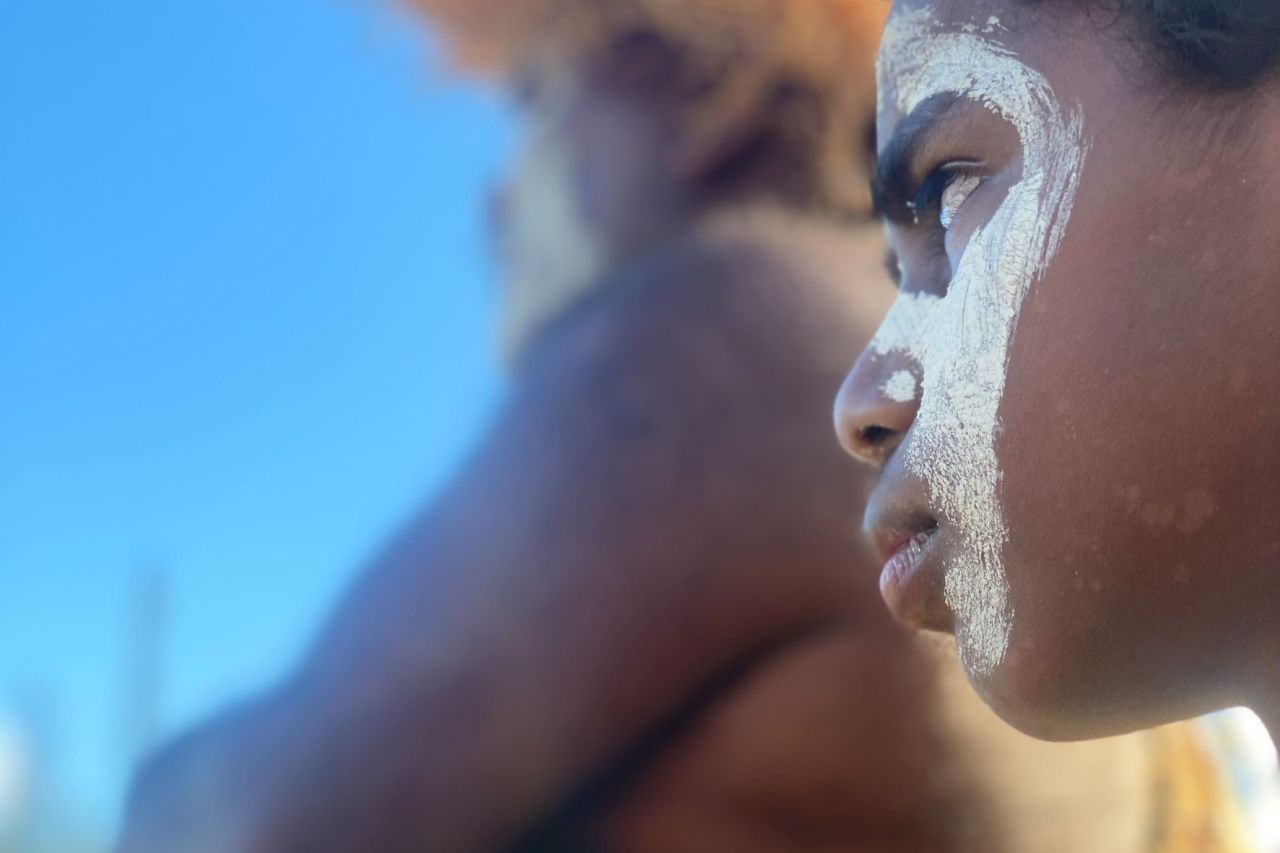
Generations of Customary Owners came together on the Isle of Pines. Credit: Matthias Balagny
What's next?
The agreement is a significant achievement and an important step towards protecting the Reef’s green turtles, but there is a lot more work to do.
Many of the other seven customary regions of New Caledonia have similar problems with over-fishing and more needs to be done to ensure green turtles are sustainably managed into the future.
The Great Barrier Reef Foundation will continue to partner with the Southern Province managers to share learnings and look for other opportunities to continue protecting this iconic species.
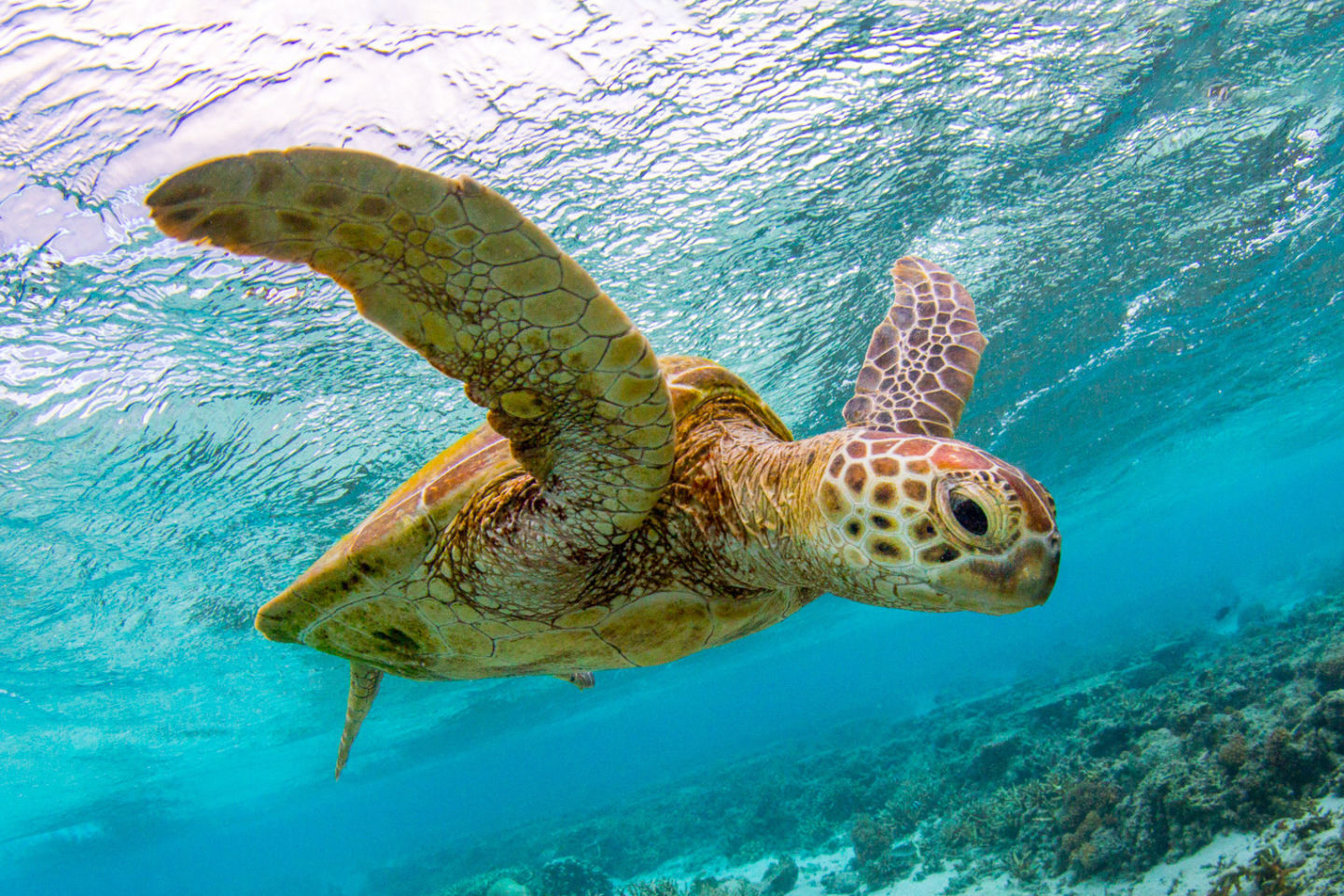
Your help is needed
A gift today can help protect the Reef’s green turtles for generations to come. Your support will help fund critical projects like this to protect sea turtles, restore vital sea grass habitats and deliver world-class research to improve baby turtle survival.




